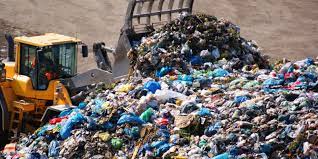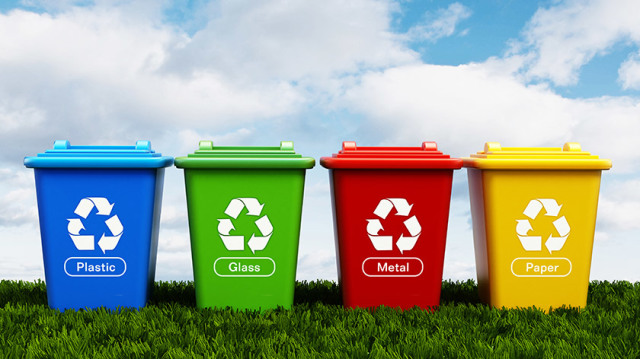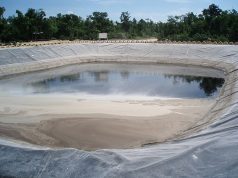The best way to deal with trash is to stop people from making it in the first place. So, preventing waste is one of the main goals of waste management in the United States. During the production, use, and after-use stages of a product’s life cycle, there are many ways to reduce waste and pollution.
Innovative chemical neutralization techniques to reduce reactivity, water-saving technologies that reduce the need for freshwater inputs in the U.S., environmentally friendly manufacturing methods that use less dangerous or harmful materials, and modern leakage detection systems for material storage are all examples of representative strategies.
Cutting Down On Waste In The U.S
Wastes can’t always be completely avoided when doing different things. There are several ways to cut down on or eliminate trash in the United States. Trash depreciation, also called “source reduction,” means designing and making things in a way that makes less trash and less toxic in the United States.
Most of the time, these projects result from finding patterns or specific items that may be adding to waste stream problems, and the steps are taken to fix these problems.
You can reduce industrial waste by recycling materials, switching to less dangerous alternatives, or changing how things are designed and made in the United States. Waste minimization or source reduction has several benefits, such as less use of natural resources and less toxic waste in the U.S.

Strategies for reducing waste are often used in industrial settings because they not only save resources but also cut manufacturing costs by a large amount. Getting better at packing reduces the number of materials needed, and better distribution cuts down on the amount of gasoline used and the pollution it causes in the United States.
Also, engineered building materials are often made with certain helpful features that, when taken into account during the structural design process in the United States, can drastically reduce the amount of material needed for a given project. Because of this, less material is needed, and less waste is made when making components.
The dry cleaning business is a great example of how the United States can use product substitution to reduce the amount of toxic waste it makes. Tetrachloroethylene, often called “perc,” had been a standard for dry cleaning for a long time.
Even though it works well, tetrachloroethylene is a poison. Also, because of how it looks and behaves in the U.S., it is easy to spread into an environment resistant to it. Also, as it breaks down, it makes intermediate daughter compounds that are even worse for the environment and people’s health.
Due to how toxic it is and how it affects the environment, the dry cleaning industry has come up with new ways to clean and is using less dangerous chemicals, like those made from petroleum, more and more.
Also, new technologies are mixing carbon dioxide with other compounds that are mostly harmless. Government rules have often made it necessary to use these alternative goods, but they have also often been used because customers wanted them or because of other market-based forces.
Recycling And Reusing In The U.S
Recycling takes useful things like glass, paper, plastic, wood, and metals out of waste streams. You can use them to make new things. As recycled materials are used increasingly, the amount of raw materials needed for similar applications in the United States is decreasing.
Recycling cuts down on the number of natural resources that need to be taken from the earth to make raw materials. It also lets waste goods be recovered and used as valuable resource materials.
Recycling trash saves natural resources, reduces overall energy use and greenhouse gas emissions that contribute to climate change, and reduces the number of recycled materials burned or thrown away in the United States.
Recycling trash also reduces the number of new resources that need to be taken out of the ground and the amount of energy and pollution made when those resources are turned into finished products.




